
The Golf Swing Plane and Circle: Natural or Manipulated?
The golf swing is a bit strange in that some of the observed behavior just happens, while other aspects are enforced or acted upon. You have the observed golf swing plane and the circle that your swing produces. What should you actively do, and what is simply happening naturally? Is it smarter to keep it natural, or do you benefit from manipulating it?
For reader context: this article is a part of the FMM Swing Academy and mostly relates to the Big Arc Swinger pattern. If you land on this article, then start here instead – it provides context.
The Golf Swing Plane – Natural or Intentionally Manipulated?
Most golfers have come across the advice: swing from the inside out. More advanced golfers have been subject to: exit low and left. Both of these are in fact directional manipulations of a natural swing plane.
Any time you try to manipulate the swing plane with directional intent you are indeed offsetting the natural power creation of the golf swing. Does this mean that you can’t? No. Does it mean that you shouldn’t? Yes, kind of.
When you manipulate the golf swing, you set forces off balance, which means you have to constantly correct those manipulations through training. This is something most golfers, even scratch handicappers, deal with regularly. Even Ben Hogan, for example, manipulated the natural swing plane by opening the blade excessively in his backswing, which forced more opening in the downswing. As a result, he needed to train more than most. In contrast, take someone like Ian Woosnam, who arguably had the easiest golf swing of his generation. He could go to the first tee, in a pretty bad state, and effortlessly hit the ball. Why? He never manipulated anything. Sure, a little fine-tuning might have been necessary, but you get the point.
What I propose with the Big Arc Swinger pattern is that the swing plane that is created from using my power creating and accelerating mechanisms takes care of the plane without you having to manipulate it. In other words, there is a way to produce intentional swing planes that aren’t manipulated with hand path stimulation but with backswing position. A much easier way of producing shot shapes.
What’s the benefit of keeping the swing plane natural? You don’t offset the balance, so you need to put much less effort into keeping your swing in tune.
The Existing & Forced Circle – Is the Swing Linear or Rounded?
Swinging around yourself is common advice for golfers who lack rotation. Let’s dig into that advice for a second. If you start thinking of the club moving in a circular motion, you’re actually adding another circle to an already existing one.
Given that we rotate our bodies in the backswing, we’ve created the foundation for a natural circle (what I call the existing circle). If you then add a forced circle on top of this, you’re likely to get your arms stuck behind your body in the downswing.
The same goes for the down- and through-swing. Let’s use the downswing as an example. Let’s say you’ve performed a solid backswing that puts you in a “non-stuck position.” If you then start swinging around yourself, you’ll automatically manipulate the hand path to the left, which will offset the existing circle, causing you to come from the outside. The forced circle doesn’t help you in a sustainable way. It might, however, help momentarily if the forced manipulation matches an existing fault.
So, let’s flip the coin and look for an easier way to do it. If you are completely linear in your intentions and let the circle do its job (it knows how to do it), you won’t offset anything. The trick is to know where to aim your linear intentions. In the backswing, it’s slightly to the inside (the body takes care of the rest). In the downswing, it’s just where you came from, and in the through-swing, it’s actually not what you think. Going straight towards the target is not natural from a circle perspective. The old-timer intention of throwing a meatball into your own mouth is closer to it.
This is tricky stuff, and that’s exactly why I have a system for my swing teachings.
Wish to get back to the FMM Swing Academy page?
More FMM Project Articles
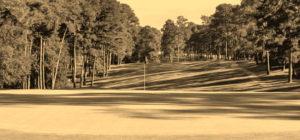
The Swinging Protocol – In the Core of all Great Golfers?
I have a special interest in the golf world, and that is to understand what actually built the best swings of all time. Not just how they look, but what truly built them. What…

A Powerful Golf Swing Clips It – Stop Chasing Divots
We are all performing golf swings based on inner images, muscle memory, and athleticism. These different subconscious images will shape how we perform our motion. A powerful golf swing clips it in a shallow,…
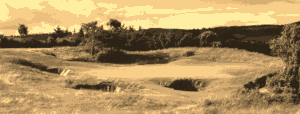
Perform Your Backswing in Front of Yourself – The Vertical Lift
The backswing might be the most difficult part of golf. Do it right, and while there are no guarantees of a perfect result, do it wrong and you’ve almost certainly ruined your chances of…
Some General Swing Tech Posts (with Videos)

Flat Golf Clubs = Magic Cheat Code for Power & Accuracy?
Flat Golf Clubs = Magic Cheat Code for Power & Accuracy? I play 4-degree flat golf clubs despite being 5’11” (181 cm) with normal arm length. Why? Because the old-school golf swing relies on…

The Golf Swing Engine – What Truly Drives the Swing
What’s the Golf Swing Engine? What truly drives it? The answer depends on the swing system you follow. In the FMM Swing—rooted in the timeless motion of the old greats—the golf swing engine is…

The ATHLETIC Low Point – Giving the Go Ahead for Power
The ATHLETIC Low Point – Giving the Go Ahead for Power The Athletic Low Point is a saying that I’ve developed to describe the perceived ability to deliver more old school release and centrifugal…
General Article Collection Pages

All Articles Library – All Creations in One Place
Everything I’ve created over the years. You have different filterings according to the list below. Wish to watch Youtube videos instead? Then click here to open Wish to visit my Skillest Profile (coach app)?…
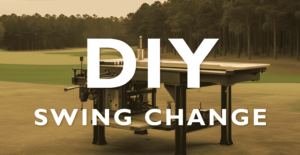
DIY Swing Change – Advice on How to Successfully Change
Do It Yourself, DIY Swing Change, is what has driven me the last decade in my golf swing development. The absolute enjoyment of figuring out a swing change myself. To all of you out…
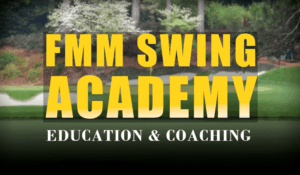
FMM Swing Academy – 3 Release Styles. 3 Swing Patterns
FMM Swing Academy Almost everyone who plays golf wants to get better and tries to get better, but doesn’t get better. Why? Let’s look at what differentiates a good golfer from a not-so-good golfer….

Golf’s Best Systems – Much Needed Golf Technique Context
I categorize golf motion styles into systems for the sake of clarity and understanding. No golfer fits perfectly into a single system, but without a structured framework, you’re essentially shooting in the dark. These…
Old School General Articles
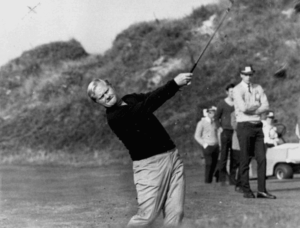
Why Jack Nicklaus Swing Work – Free of Modern “Rules”
Most people have Ben Hogan as their swing god, and sure, he’s awesome, but my personal favorite will always be Jack Nicklaus Swing. The Golden Bear. It’s the simplicity and effortless feel of it…
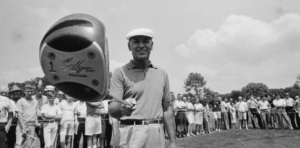
Ben Hogan Swing Rebuild – The Breakthrough That Changed Golf Forever
Nothing in golf quite compares to Hogan’s dominance in the 1940s and 1950s. The Ben Hogan swing rebuild, which he eventually shared through Five Lessons and other insights, shook the golf world—but without the…
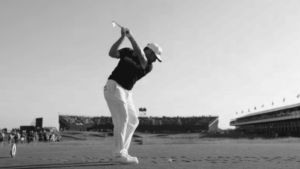
Old School Swinging Elements on Tour – A Modern Case Study
Modern top tier golfers definitely display old school swinging elements of the old greats. These swing styles are making their way back to the leaderboards today. How to spot Old School Swinging Elements? Once…